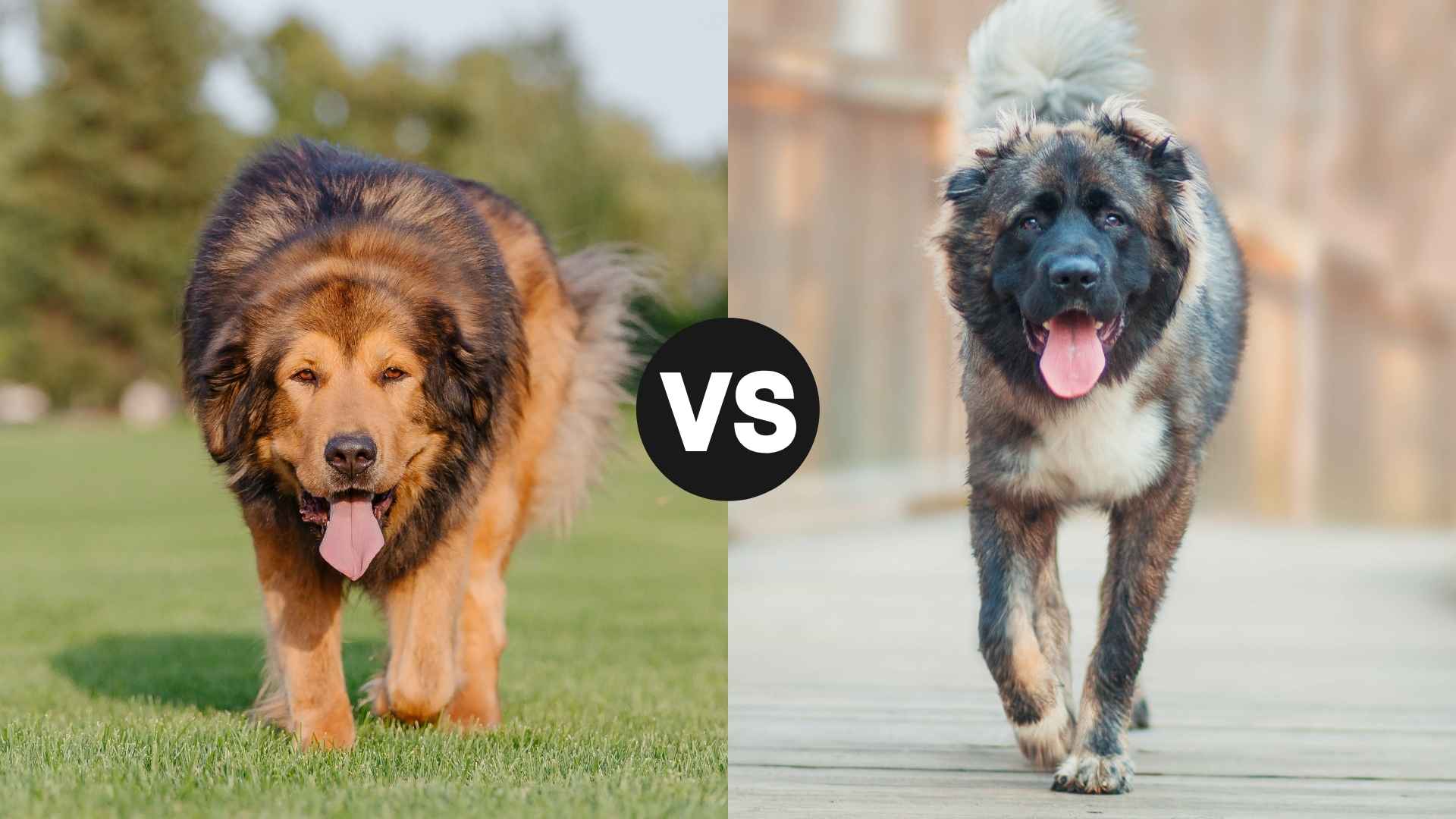Imagine a dog that looks like it walked straight out of a mythical mountain legend — massive, majestic, and with a presence that commands respect. Now picture two of them. The Tibetan Mastiff and the Caucasian Shepherd aren’t your average neighborhood pups; these are ancient guardians, bred for strength, loyalty, and protection.
But which of these colossal canines is right for your home? The Tibetan Mastiff, with its lion-like mane and noble attitude, is both fiercely independent and deeply loyal. It’s a guardian of tradition, known for watching over Tibetan monasteries and villages.
Meanwhile, the Caucasian Shepherd, also known as the Caucasian Ovcharka, is a fearless mountain dog bred to protect livestock from wolves and bears. It’s powerful, protective, and famously fearless.
In this heavyweight matchup, we’ll explore what makes each breed unique — from their temperaments and training challenges to their lifestyle compatibility.
If you’ve ever dreamed of owning a gentle giant that can scare off intruders with just a look, you’re in for a treat. Let’s find out which guardian beast suits your world best.
Tibetan Mastiff vs. Caucasian Shepherd
Tibetan Mastiff vs. Caucasian Shepherd: Physical Appearance Comparison
Meet the Tibetan Mastiff and the Caucasian Shepherd—two fluff-powered, muscle-packed, majestic guardians that make “big dog energy” look like an understatement.
The Tibetan Mastiff:
Height: Typically ranges from 24 to 26 inches
Weight: Usually weighs between 90 to 150 pounds
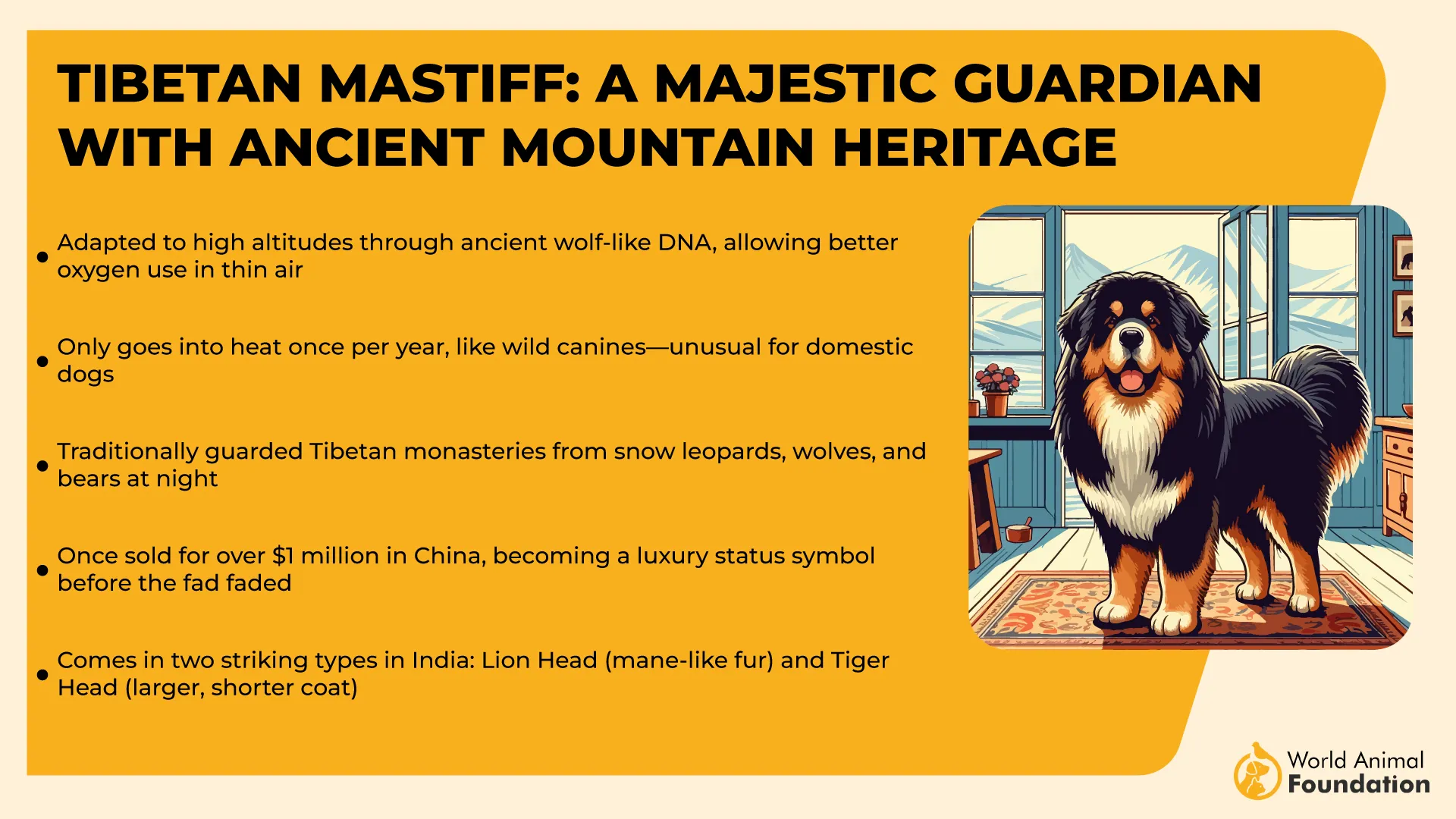
Imagine a cloud got really, really serious about guarding ancient monasteries. That’s the Tibetan Mastiff for you. These dogs look like they wear a permanent lion’s mane wig, with a coat so thick and lush you could probably hide a small village under all that fur. Seriously, their fur is the furriest fur you’ll ever see outside of a high-end winter jacket.
Standing tall and proud, these majestic pooches carry themselves like they own the mountains—and maybe they do. Their faces are all noble and wise, with expressive eyes that say, “I’m watching you… But I’m also judging your snack choices.” Their tails curl up over their backs like a fluffy question mark, as if they’re perpetually asking, “Who dares approach my kingdom?”
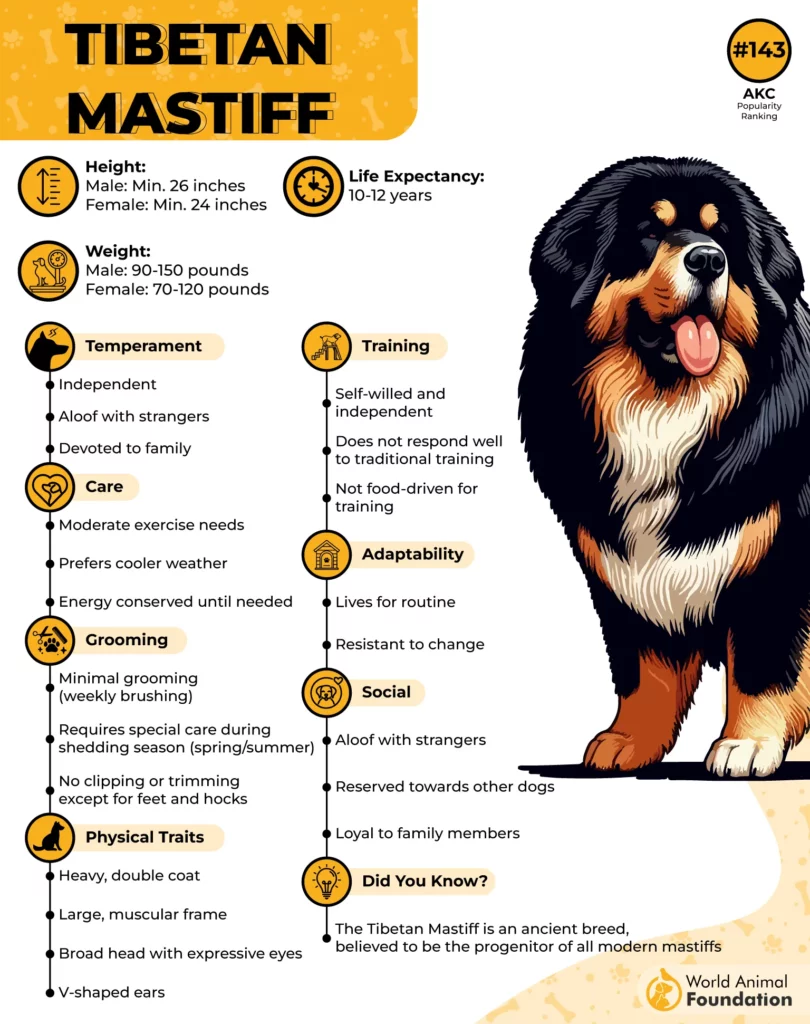
Caucasian Shepherd:
Height: Stands slightly taller, between 25 to 30 inches
Weight: Can weigh anywhere from 100 to 200 pounds
Now, meet the Caucasian Shepherd dog—think of a bear that decided it wanted to be a dog and nailed it. According to the American Kennel Club (AKC), nowadays, especially in Western countries, Caucasian Shepherds are primarily kept as companion animals and watchdogs.
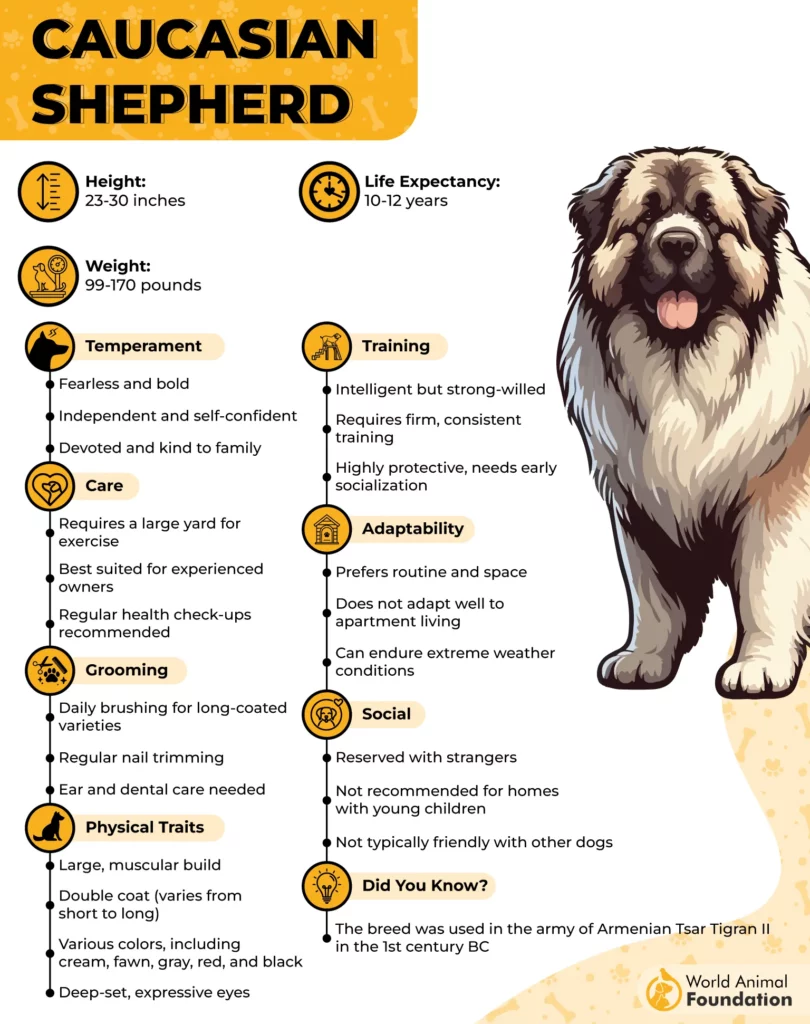
These beasts are massive, with a broad chest and powerful limbs that scream, “Don’t mess with me unless you have a good reason (and maybe a bribe).” Their coat? Oh, it’s thick alright—almost like they borrowed winter insulation from a Siberian hut.
Their face? Picture a grizzled warrior with a permanent scowl that says, “I’m too cool for your nonsense.” Their ears are often cropped to add to their intimidating vibe (some say it’s fashion, others say it’s function—probably both). When they walk, it’s like the ground knows a big deal just passed by.
Tibetan Mastiff vs. Caucasian Shepherd: Coat Care and Grooming Needs
Alright, you’ve picked your giant fluffball—whether it’s the majestic Tibetan Mastiff or the bear-sized Caucasian Shepherd—but now comes the real challenge: managing all that glorious fur without turning into a full-time groomer-slash-vacuum operator.
Let’s dive into the coat care showdown!
Tibetan Mastiff:
If your Tibetan Mastiff’s coat were a hairstyle, it would be “epic mane with serious volume.” This dog’s double coat is so dense and thick that you might think it doubles as a portable sleeping bag. The downside? This fluff-fest sheds… a lot. Think of it as seasonal confetti—spring and fall turn your house into a fur snow globe.
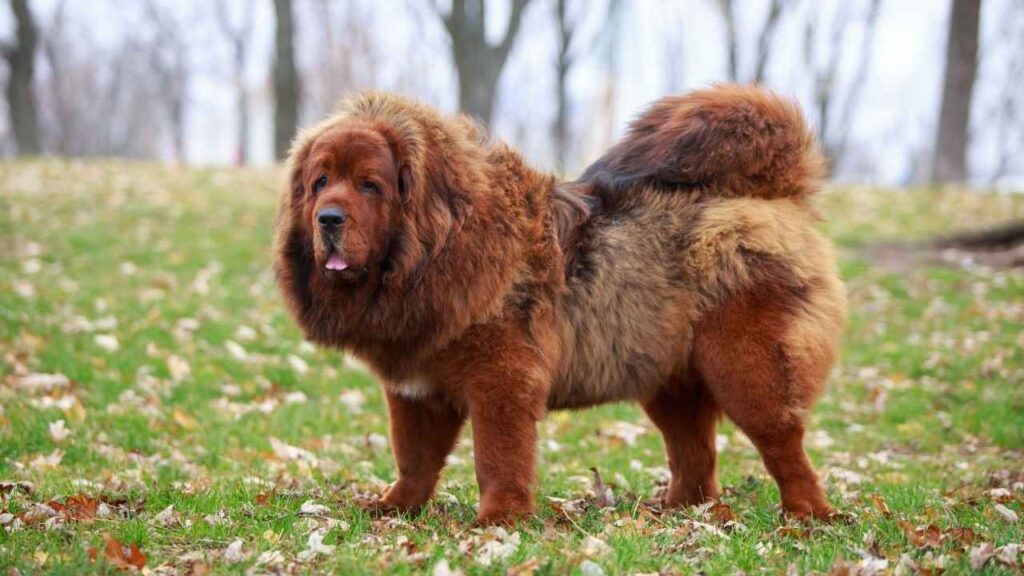
Grooming tip:
PetMD says Tibetan Mastiffs need consistent brushing to maintain their thick coat and are not well-suited for hot climates. Aim for a good, thorough brushing at least twice a week to keep their majestic mane looking regal and to prevent those notorious mats and tangles. And yes, you’ll need a quality undercoat rake to tackle the dense fur beneath.
Bath time? Not too frequent—these pups don’t love the water, and overbathing can strip the natural oils from their luxurious coat. Pro tip: When they do get wet, expect a mega fluff explosion that can double the size of your dog (and your clean-up duties).
Caucasian Shepherd:
Now, the Caucasian Shepherd dog’s coat is like a rugged fortress designed to withstand Siberian winters and intimidating strangers. They sport a dense, coarse outer coat with a thick, woolly undercoat underneath. This combo means they’re built to stay warm, look intimidating, and shed fur like it’s their secret weapon.
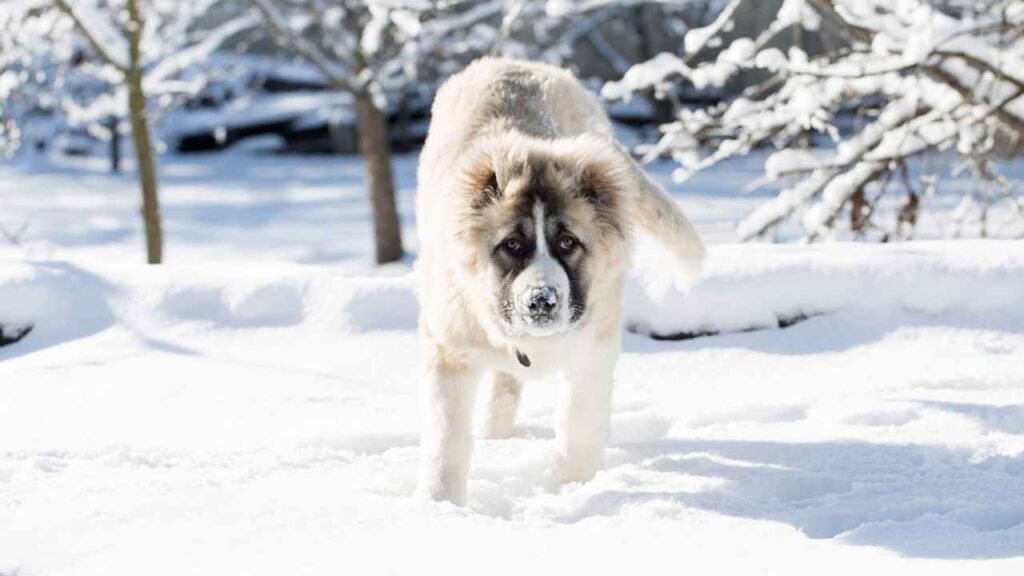
Grooming tip:
These dogs need regular brushing, especially during shedding season, which is basically “Hello, every other season.” If you skip the grooming, you might find yourself wearing their fur instead of the other way around.
They can tolerate less frequent baths, but when it’s time, be prepared: a wet Caucasian Shepherd looks like a giant, soggy bear who just survived a swim in the cold river—adorable but seriously messy.
Tibetan Mastiff vs. Caucasian Shepherd: Personality and Temperament
So, you’ve seen the size, the fur, and the grooming needs—but what about the heart and soul inside these massive fluff machines? Let’s get to know the personalities behind the impressive coats because, spoiler alert: these dogs are as complex as they are colossal.
Tibetan Mastiff:
If dogs were ancient monks, the Tibetan Mastiff would be the wise hermit who’s spent centuries pondering life’s mysteries… or at least plotting how to keep the monastery (or your house) safe from pesky strangers.
✔ Calm and confident: These dogs don’t bark at just anything—they save their alarm calls for truly suspicious characters.
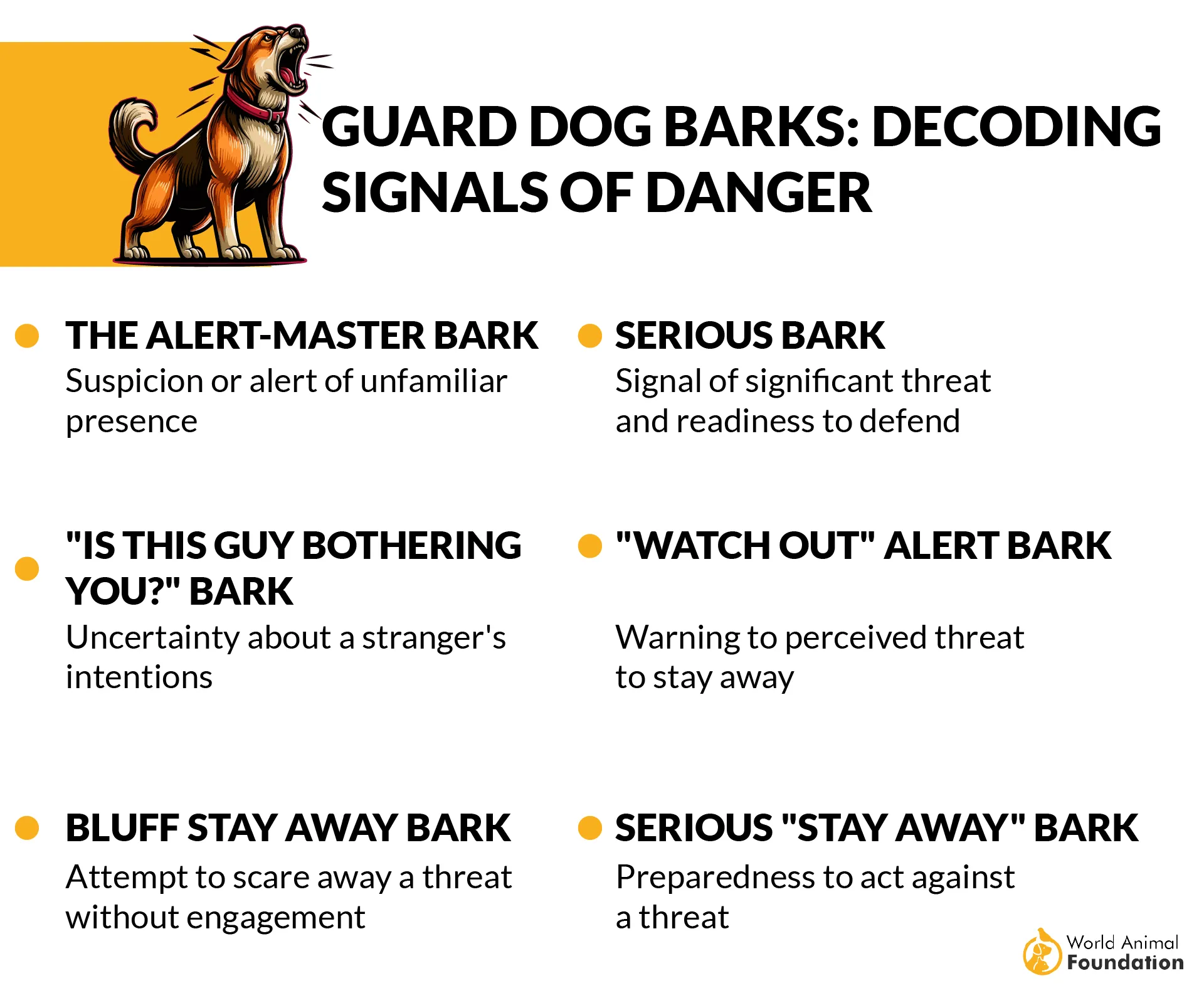
✔ Independent thinker: They’re strong-willed and can be pretty stubborn when they set their mind to something. PDSA noted, their large size and strength make Tibetan Mastiffs less suitable for first-time dog parents, but they can be excellent pets for experienced dog owners who understand the breed.
✔ Watchdog extraordinaire: Excellent at guarding without going full “neighborhood alarm.”
✔ Family loyalty: Despite their aloofness, they form deep bonds with one or two favorite humans.
✔ Boss vibes: Expect a little “I’m the boss” attitude—kind of like a dignified roommate who occasionally ignores your calls but would literally defend you with their life.
Caucasian Shepherd:
Think “big teddy bear” with a serious edge. These guys are bold, fearless, and fiercely loyal to their family, bred to protect livestock from wolves and bears—talk about job security!
✔ Bold and fearless: Not the type to back down from a challenge.
✔ Fiercely loyal: Will stand guard over their family no matter what.
✔ Gruff exterior, soft inside: They may look intimidating, but are loving and protective, especially with kids and family pack members.
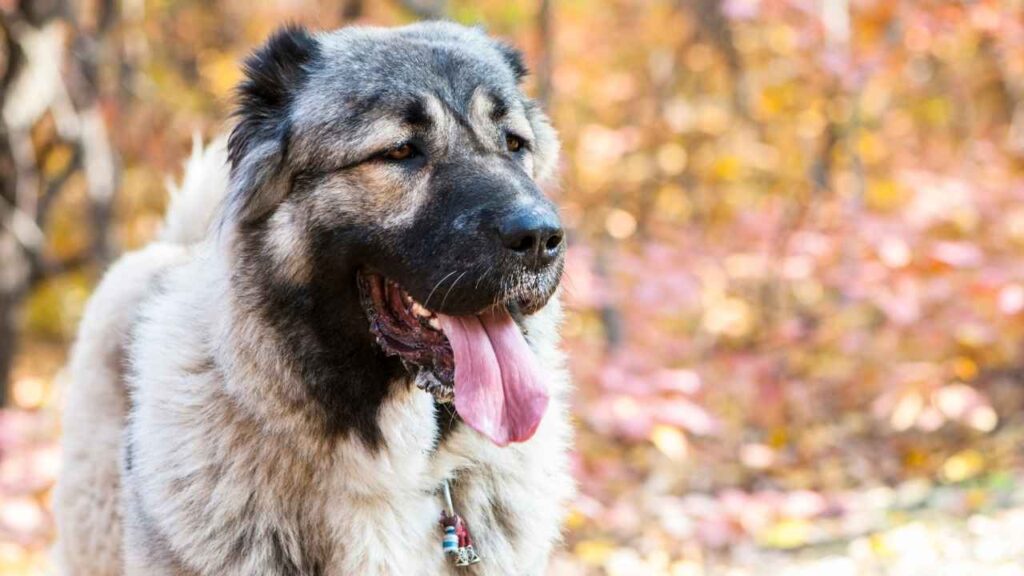
✔ Suspicious of strangers: Their natural guarding instincts mean socialization and training from an early age are musts.
✔ Gentle giant: Enjoy downtime with their people but expect respect—they’ll give you the classic “I’m watching you” look… but in the best way possible.
Tibetan Mastiff vs. Caucasian Shepherd: Lifespan and Health Outlook
Welcoming a giant guardian into your life means committing to their health and happiness for many years. Let’s peek under the fur to see what you can expect from these giant breeds when it comes to lifespan and health.
Tibetan Mastiff Lifespan:
Typically lives 10 to 14 years — pretty impressive for such a large dog!
Common Health Issues:
Hip and elbow dysplasia
Hypothyroidism
Eye problems
Care Tips: Early health screenings, a balanced diet, and moderate exercise help keep your Tibetan Mastiff strong and regal.
Caucasian Shepherd Lifespan:
Usually around 10 to 12 years, a bit shorter due to their massive size.
Common Health Issues:
Hip and elbow dysplasia
Heart conditions
Bloat (gastric torsion)
Care Tips: Consistent health monitoring, mental stimulation, and controlled exercise routines help these bears stay fit and happy.
Tibetan Mastiff vs. Caucasian Shepherd: Energy Levels and Activity Requirements
When it comes to energy, both the Tibetan Mastiff and Caucasian Shepherd give off that “majestic guardian” vibe, but their daily activity needs have some distinct flavors.
Tibetan Mastiff
The Tibetan Mastiff tends to have a moderate energy level. This large breed is not the type to sprint around all day but prefers a balanced routine, including:
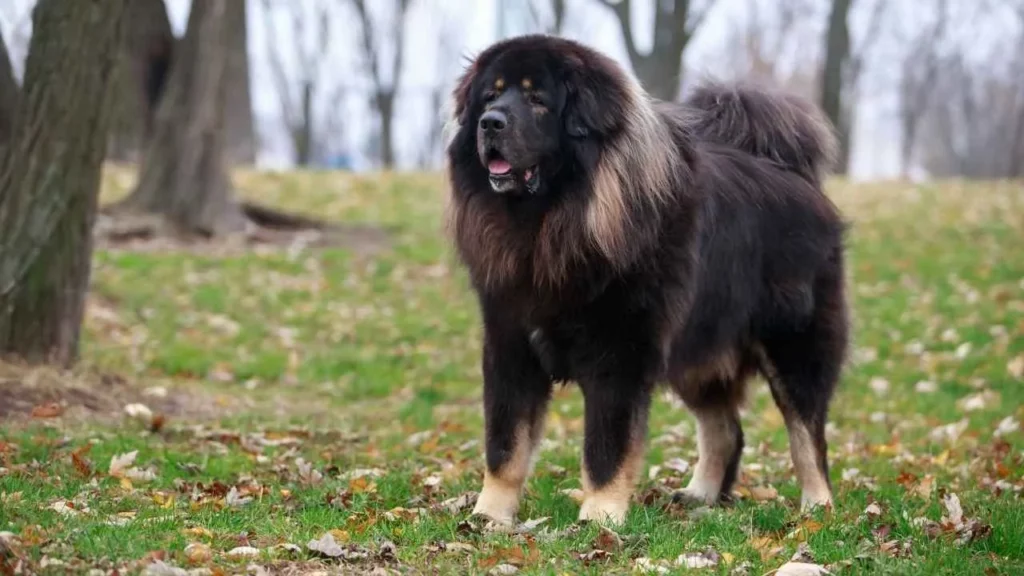
Daily moderate walks to stretch their legs without overdoing it
Light play sessions that satisfy their playful side without exhausting them
Mental stimulation through gentle puzzle toys or calm training, keeping their mind sharp
Their exercise is more about quality than quantity—think backyard patrols mixed with some relaxed “I’m watching you” moments.
Caucasian Shepherd
In contrast, the Caucasian Shepherd carries a slightly higher energy level and needs a bit more movement to stay happy. They enjoy:
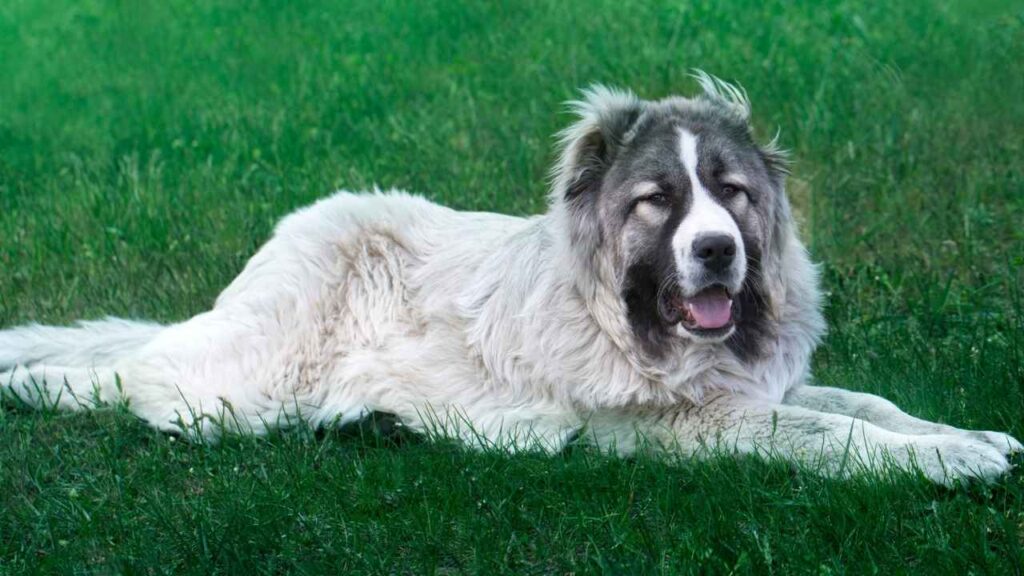
Regular, longer walks to let those massive legs roam freely
Active playtime to burn off built-up energy and keep boredom at bay
Ample downtime because, let’s face it, napping is basically a sport for these gentle giants
Mental challenges and early socialization to keep their protective instincts balanced and their minds engaged
This blend of physical exercise and mental engagement makes them “work hard, nap harder” types who appreciate a mix of action and rest.
Conclusion
The Tibetan Mastiff, which originated in the Himalayas, and the Caucasian Shepherd from the Caucasus mountain range are powerful guard dogs with unique characteristics. Both have fluffy coats, low energy indoors, and require consistent and proper training to thrive as a family pet. These two breeds differ in average weight, temperament, and adaptability. The Caucasian Shepherd tends to be more laid back, while the Tibetan Mastiff may be more independent.
Though both can get along with other dogs and other pets when socialized early, they are not ideal for a first time dog owner. Despite being large, they can enjoy walks and spending time with family. Like other breeds, they may suffer from health issues, but generally have a larger lifespan compared to similar-sized dogs. If raised from a puppy with care, either breed can be a loyal, protective companion. Key differences lie in their training needs and personalities, so choose wisely.


